Storytelling comes in many different shapes and sizes. Some tell stories through music or literature, and while others choose film as their art form. Then you have John Harrison… which has used all of the platforms at one point or another. Out of Pittsburgh, PA, Harrison began his career as a touring musician before he teamed up with legendary Filmmaker George A. Romero some time later.
Going onto build a lifelong friendship and collaboration with Romero, while he can be spotted in 1978’s Dawn of the Dead as ‘Screwdriver Zombie,’ his true talents would soon be showcased as the soundtrack composer for 1982’s Creepshow and 1985’s Day of the Dead. From here, he would go onto many exciting things; including being a writer/director/composer for the Tales from the Darkside TV series, before directing 1990’s Tales from the Darkside: The Movie.
Just a sample of what Harrison has accomplished, he continues to do many fascinating things as a filmmaker and author of novels too. In fact, Harrison has stayed true to his roots and joined on alongside Greg Nicotero (another Romero co-creator) for the newer Shudder Creepshow series. Most recently working on two segments for the fourth season of Creepshow, the busy John Harrison recently took some time to chat about his career, his time working with George Romero, creating, plus more.
Cryptic Rock – You have been involved in film for many decades now. Working as a director, writer, and soundtrack composer, you have done a lot of interesting things. How would you describe this fascinating journey to this point?
John Harrison – Well, you know I didn’t go to film school. So, I kind of came up in the independent world doing a little bit of this, a little bit of that. Back in the day in Pittsburgh, when I was working with George Romero and my other two partners (Dusty Nelson and Pat Buba) with our own film company, there wasn’t a lot of money. There wasn’t a lot of infrastructure that you could rely on. Everybody had to do everything. To some extent, it was the best film school I could have ever gone to; because I learned the craft by doing a little bit of everything.
I started out as a musician. I was on the road for a number of years before I finally came back to Pittsburgh and got serious about my filmmaking career; which was something that I’d always wanted to do. I ended up meeting George, ended up working with him for a number of years, and he became my dear friend and creative mentor. We had a pretty good community of filmmakers in Pittsburgh at the time; everybody knew everybody. When a project came up, we kind of all collaborated and worked on it together.
My compositional work was really kind of an accident. While I was George’s assistant director on Creepshow (1982), he and I were talking about the music in the film that he would want. He said, “Yeah, you know, but I’m going to need a theme.” I was the guy with the piano, so I started working on some stuff, he loved it, and I ended up scoring the movie. That led to Day of the Dead (1985), and led to my work on Tales from the Darkside series; where I worked as a writer, director, and a composer.
So, I guess in answer to your question, simply, I consider all of those elements that I’ve done over the years; being a writer, being a director, and the few times that I’ve composed. I think all of those things are storytelling processes. I think of myself as a storyteller more than simply a writer, a director, or a composer. I think they’re all storytelling elements. Whatever works. (Laughs)
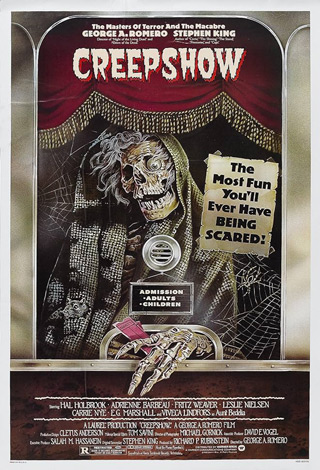

Cryptic Rock – It sounds as if it has really been an amazing experience. You speak about working with George Romero. George was known for making it a family-like atmosphere on the set of a film. He was known to make everyone feel like they were included in the process. This was the case with Night of Living Dead (1968), Dawn of the Dead (1978), and Day of the Dead. Everyone who has worked with George all say how wonderful it was. What was it like working so closely with him?
John Harrison – Well, I think most of what you’ve heard probably is true. He did create that kind of family atmosphere. A lot of it came out of the idea that we were in an independent situation. There was no rigid hierarchy of just about any role. As I said before, people did what they could do. And if you really wanted to be in the business – and you encountered George or me or other people that were doing it at the time – it was kind of like, “Well, welcome aboard.” We didn’t have a huge pool of sound designers or of cinematographers or this, that, or the other thing. So, if you want to learn, let’s go. And that’s the way it was.
I remember when we were doing Dawn of the Dead, Creepshow, and George’s other independent movies prior to that, George really never did have the traditional production structure around him. He would simply say, “Ah, forget call sheets. Everybody shows up at 7 o’clock, and we’ll figure out what we’re going to do.” Of course as time went on, and the productions became bigger and studios got involved, then we had to kind of accommodate the traditional structure. But that’s really the spirit never left. That’s sort of the way it was. Just like everybody – you know how to do this, you know how to do that… let’s just all get together and make a movie.
Cryptic Rock – That truly sounds like a really fun environment to work in. And you mentioned working with George on the original Creepshow. Now you have been a part of the newer Creepshow series on Shudder. The series recently put out a fourth season, and it is quite good. What did it mean for you personally to bring Creepshow back like and be part of it like this?
John Harrison – Well, it’s been wonderful. I have always loved the anthology format of storytelling. The first I heard about it was from Shudder’s Craig Engler who told me they were going to do a Creepshow series. I was like, “All right. Hell yeah.”
George and I, back in the ’90s, used to try and sell a Creepshow anthology series around town, and nobody would really buy it. Even though he’d had success with Creepshow and I had success with Tales from the Darkside, people just didn’t really buy it. So, when Shudder came along and decided to do it, I was thrilled. And fortunately, they got Greg Nicotero to helm it. And even though Greg was not part of the original Creepshow, he became, soon after that, part of the extended family, if you will. So, he really knew the style and the spirit of what George and Stephen King had tried to do with that original movie.
And to Greg’s credit, he has really maintained that point of view. For all of us who have written or directed on this show, we have known where true north was in terms of the style and the elements of the show; Greg is responsible for that. So, when he called me and he said, “Hey man, do you want to come back? Do you want to come do this again?” It was like, “Yeah, how fast can I get there?”
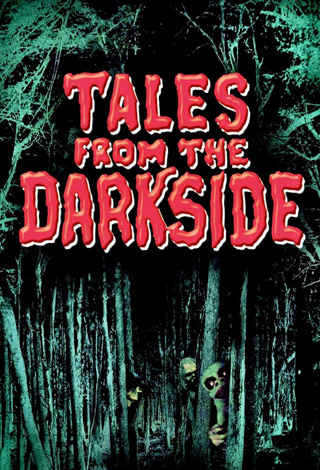
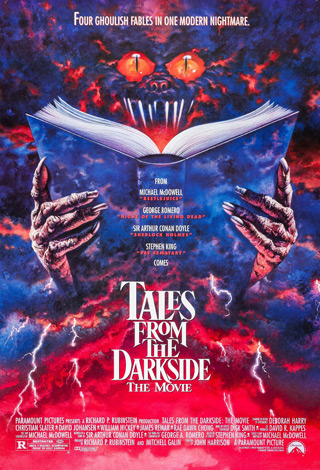
Cryptic Rock – That is great. And that is what makes this series so successful. Every season has been a lot of fun because we have you and Greg involved; we have the George Romero family of filmmakers. You were all part of the family and staying true to what George was doing. Obviously, you worked on a few episodes in this new season as well. What was that like for you?
John Harrison – Well, the stories were given to me by Greg. I didn’t write any for this season, but he called me up and he said, “Look, I’ve got two stories that I think you’d be perfect for.” And for me, it was wonderful because they were very different from one another.
Smile is almost a Twilight Zone-like Revenge Thriller. And you don’t really know what it’s all about until the twist of the end. You can kind of figure it out, but it’s a very emotional story.
Baby Teeth, on the other hand, is more of a traditional Creepshow monster type story. It is about a young girl who has an encounter with the tooth fairy that doesn’t quite work out the way she thought it would. For me as a director, it was really great to have two completely different styles of storytelling to play with.
And you talked about the extended family of Creepshow and kinds of people that are continuing to be involved. One of them is Rob Draper, who is our cinematographer, who wasn’t involved in Creepshow. However, he was also involved in the Tales from the Darkside TV series and the 1990 movie that I directed for Paramount.
Greg Nicotero grabbed him immediately when the series came up, and he’s a perfect compliment to what we’re trying to do. That is because he understands the whole spirit of that kind of storytelling. He and I were able to collaborate on Smile and Baby Teeth this season, as well as all the other ones we’ve done in the previous seasons. Together, we really create a unique look for each one of them. So as a director, it was fabulous working on these new entries that Greg found for me to do.
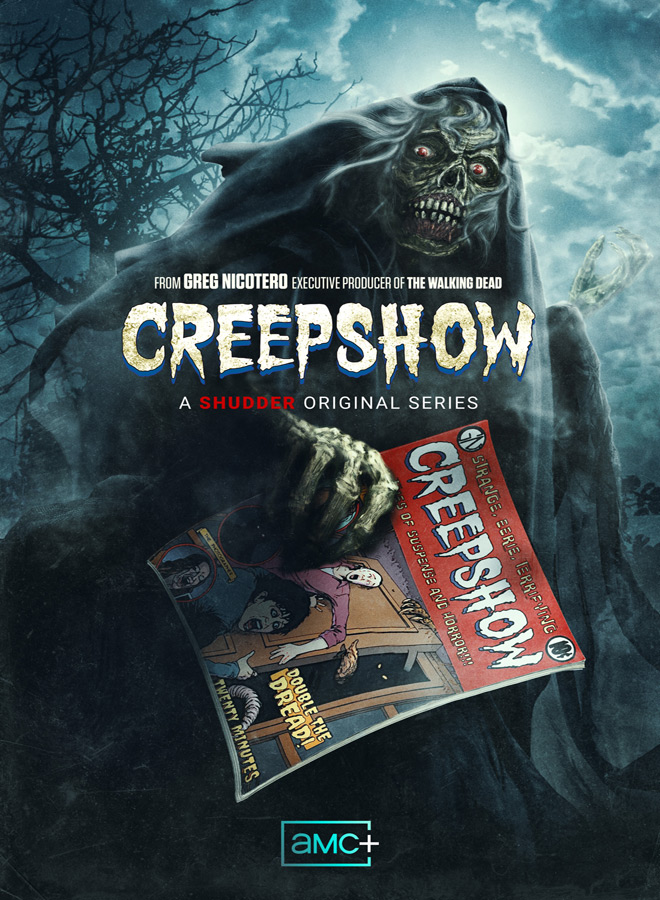

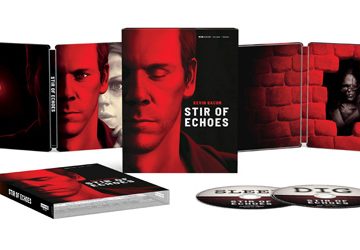



No comment